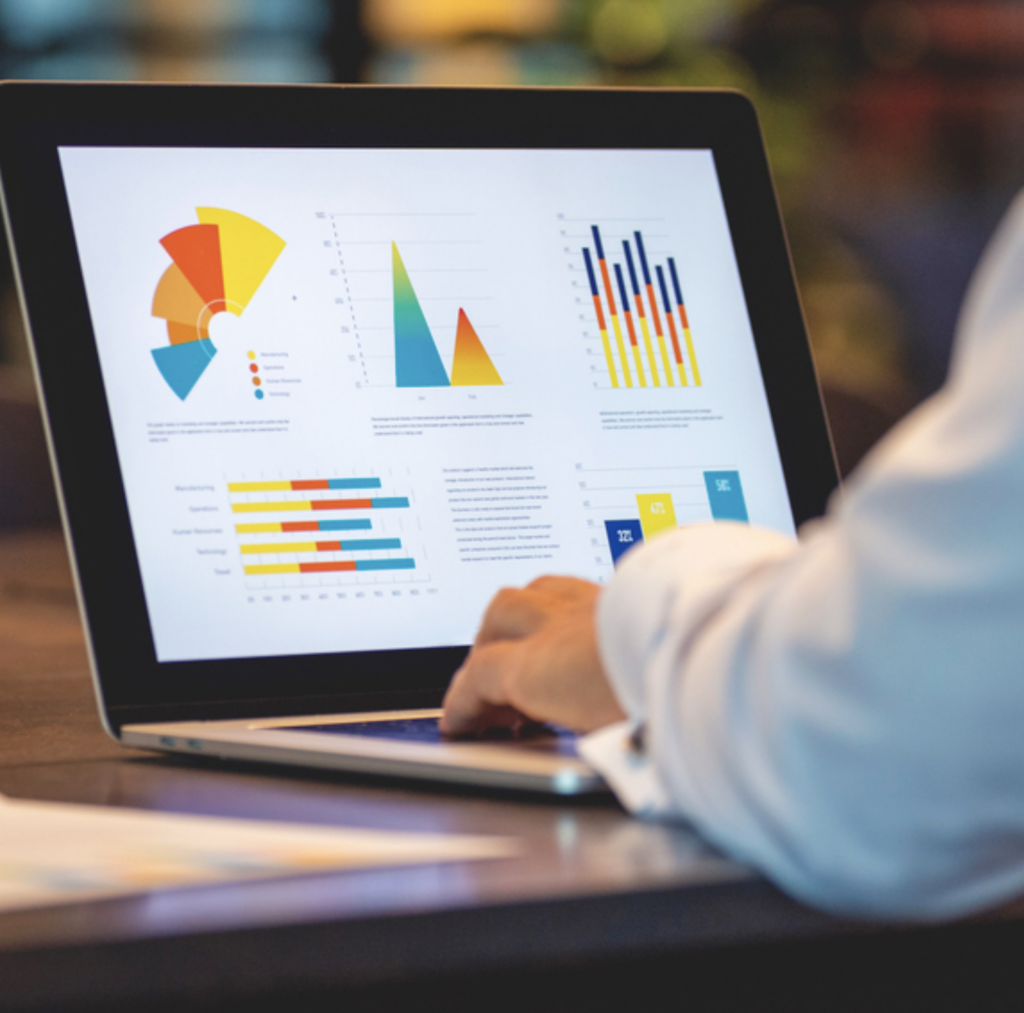How to Reduce Average Call Handling Time Without Sacrificing Quality
Explore effective ways to shorten AHT while keeping customer experience top-notch. A guide for contact center leaders aiming for operational excellence.
The modern customer expects a frictionless experience when they contact the call center. They seek personalized service and helpful answers, without having to spend too long interacting with the support agent. With 81% of customers requiring a brand interaction to resolve their issues, the pressure on contact centers to deliver is immense.
The average handle time is a key call center metric that businesses use to track the efficiency of their support teams. It highlights how well support agents resolve issues by combining speed and quality.
What is average call handling time (AHT)?
Average handle time (AHT) measures the total amount of time an agent spends handling a customer interaction. The standard AHT formula includes three core components: total talk time, total hold time, and after-call work (ACW).
Contact centers use AHT as a key performance indicator (KPI) to track agent performance, cost of handling customers, and team productivity. While a lower AHT indicates faster service delivery, speed alone shouldn’t be the goal. The key is to reduce call handling times without sacrificing the customer experience (CX) or resolution quality.
How to calculate AHT
The standard formula for calculating AHT is:
AHT = (Total Talk Time + Total Hold Time + After-Call Work) / Total Number of Calls
For example, if an agent spends 200 minutes on calls, 50 minutes on hold, and 30 minutes on follow-up work across 40 calls, their AHT would be:
(200 + 50 + 30) / 40 = 7 minutes per call
So, what’s a good AHT to strive for? The answer is that it depends on your industry. Data from Zendesk suggests anywhere between 3-4 minutes for retail to 8-10 minutes for technical support. A generally quoted figure, irrespective of industry or team size, is 6 minutes.
However, it’s worth noting again that chasing these numbers isn’t the best strategy for modern contact centers. An insight-driven approach that seeks to understand the underlying causes for slow and inadequate service helps improve overall contact center performance.
Why is average handle time an important call center metric?
Average handle time is a performance indicator that directly impacts both operational efficiency and customer experience. As a result, it’s one of the most crucial call center metrics for businesses looking to balance service quality with optimal resource utilization. Here are three key reasons why AHT is an important KPI to monitor:
Measures contact center efficiency
AHT provides real-time insight into how effectively your agents handle customer interactions. A high AHT indicates inefficiencies in workflows, outdated tools, or gaps in agent training. On the other hand, a low AHT may suggest optimized call handling and well-structured processes. Tracking this metric helps managers spot performance issues early and implement data-driven improvements.
Impacts customer experience
Customer satisfaction takes a hit when customers wait on hold for long periods. On the other hand, agents who resolve inquiries quickly and accurately create positive customer experiences. Therefore, monitoring AHT ensures that service is not only fast but also aligned with customer needs and expectations.
Helps with workforce planning
When you analyze call center performance by tracking AHT, you get clear insight into workforce planning. For example, you can see if your current staffing decisions are having a positive or negative effect on service speed. With consistent AHT benchmarks, managers can forecast call volume and schedule shifts accordingly. This is valuable for ensuring the right number of agents are available to meet demand, especially during peak hours.
Potential causes of high AHT
When your AHT is higher than expected, it’s usually a sign that your contact center workflows aren’t hitting the mark. Below are some of the most common reasons behind high AHT and what they indicate:
- Inadequate agent training makes it difficult for the frontline support team to quickly resolve customer inquiries. For example, agents with little to no training in working under pressure will likely take longer to handle frustrated customers. Similarly, it’s impossible to leverage AI-driven tools if agents have no idea how to use them!
- Lack of automation results in valuable time spent on routine tasks like sifting through call recordings or updating databases. When agents are forced to manually perform such tasks, they are left with even less time to understand and fulfill customer needs. As a result, the total talk time and ACW increase, causing customers to lose patience.
- Complex or unclear processes are a major obstacle to effective issue resolution. For instance, when scripts feature outdated or confusing terms, agents struggle to troubleshoot or make the right decisions under pressure.
- Fragmented systems or tools create a disjointed experience for agents. Switching between multiple platforms is enough to hinder even the most battle-hardened agents at times. This fragmentation adds unnecessary time to call handling and delays access to essential customer data.
- Poor call routing misdirects calls to the wrong agents, contributing to an increase in handle times. For example, a billing issue going to an agent unfamiliar with the payments process will either result in a transferred call or the customer having to re-explain themselves. The result is a far longer call than it would have been if the query reached the right agent the first time around.
- Ineffective scripts or rigid protocols prevent agents from putting their best foot forward. Scripts provide a handy template, but if designed poorly, they leave little room for improvisation. If anything, they can result in robotic responses that do little to satisfy disgruntled customers. Similarly, rigid policies can sometimes make it impossible for agents to adapt to complex issues.
- Lack of access to knowledge resources means agents end up wasting time searching for information. Without a centralized and up-to-date knowledge base, troubleshooting or fetching the right customer details becomes a headache. It also leads to longer wait times and adds to the manual work that an agent must perform.
5 Strategies to reduce average call handling time
From limited agent knowledge to a lack of automation, there are several factors responsible for high average handle times. The good news is that contact center leaders can chart a course through these choppy waters with six actionable strategies:
1. Equip agents with conversational intelligence software
Support your agents with tools that handle routine tasks, provide easy access to experience data, and help with performance improvements. Conversational intelligence (CI) software brings it all together by leveraging artificial intelligence and automation. It automatically generates call summaries and analyzes 100% of customer interactions to provide accurate and actionable insights.
Among other things, these features drastically reduce ACW by automating processes like data entry, QA, and note-taking. With automated call summaries shown to reduce AHT by up to 33%, CI enables faster resolution and improved customer satisfaction.
Additionally, the AI-powered insights surface the best-performing scripts and responses, allowing teams to resolve issues more efficiently. As a result, agents spend less time on each call and deliver more seamless experiences.
2. Improve agent training and onboarding
Agents lacking in confidence or clarity are most likely to take time handling calls. However, these issues aren’t permanent and can be fixed with better training and onboarding.
Start by designing targeted coaching sessions for your agents. CI can help here by analyzing call summaries and highlighting individual weaknesses. For example, you can quickly see if an agent struggles with product knowledge or empathy during most of their calls. This information guides a structured approach to training that helps you generate maximum value from your workforce.
Similarly, a thoughtful onboarding program helps new agents hit the ground running. Create a dedicated team for this purpose, assigning a leader for each aspect of the onboarding process. For instance, a “culture leader” could help new hires build working relationships quickly, while a “technical leader” could guide them on making the most of the tools available to them.
With the help of targeted training, performance insights, and smoother onboarding, your agents will better understand how to exceed customer expectations. Instead of obsessing over raw numbers on a call center dashboard, they embrace a customer-centric approach that helps them improve metrics across the board.
3. Understand customer sentiment better with AI and NLP
When agents can instantly grasp how a customer feels and what they need, they can respond faster and more effectively. This is where AI-powered techniques like natural language processing (NLP) come in.
NLP works by analyzing vast amounts of unstructured data to understand and interpret human language. For example, InMoment’s core NLP engine provides low-latency text mining and analytics that process more than five social media posts per second. A popular application of this technology is sentiment analysis, which automatically detects emotion, tone, and intent in customer interactions at scale.
Since agents don’t have to manually read through feedback or call summaries, they can quickly respond to shifts in sentiment without wasting time. The result is frictionless customer support where agents can prioritize issues and customers can quickly get what they need. It’s a smarter way of handling calls without relying solely on scripts or, worse, guesswork!
4. Leverage the omnichannel voice of customer
Your customers don’t think in channels. They expect a smooth and cohesive experience across every touchpoint of their journey.
According to a recent InMoment survey, channel preferences are increasingly widespread and changing. For example, while 54% of respondents prefer to pick up the phone for issue resolution, 51% of them use the website for support. There is also a growing preference for self-service among younger customers, with Gen-Z twice as likely to use chatbots as compared to Baby Boomers.
Therefore, the data makes it clear that even a multichannel approach isn’t enough. Treating multiple communication channels independently isn’t the answer to modern customer expectations. A better strategy is to leverage omnichannel platforms, which collect and connect insights across these channels to ensure no piece of experience data falls through the cracks.
The omnichannel customer experience reduces back-and-forth, prevents repeat questions, and helps customers receive targeted support regardless of the channel. Meanwhile, agents don’t have to dig through separate systems or risk customer dissatisfaction by asking them to start from scratch.
5. Monitor performance and provide targeted coaching
Despite advanced CI tools and training programs, your agents may still face challenges during customer interactions. While these instances are normal, they also provide an opportunity to address emerging inefficiencies or gaps in agent performance. When you know exactly where your frontline support staff gets stuck, you can fix it fast.
Performance monitoring tools, powered by conversational insights, help you track how well your agents handle calls over time. Unlike manual processes, you can analyze 100% of calls to reliably spot behavioral patterns and frequent customer pain points.
These insights help build targeted coaching programs to improve upon strengths and address weaknesses. For example, if an agent frequently puts customers on hold, they either lack decision-making skills or quick access to the right answers. In either case, you can engage them in a one-on-one session to guide them through best practices.
Therefore, agent-specific insights make it possible to go beyond generic and unhelpful advice. They provide unique roadmaps for each agent so that they can confidently bring their best selves to work daily.
6. Improve your self-service options
If customers can easily find the right answers on their own, they won’t have to pick up the phone in the first place. This is the idea behind self-service technology like chatbots, which rely on their knowledge bases to resolve common customer queries.
Start by analyzing customer feedback and call summaries to identify frequently asked questions. For example, if you receive a high volume of calls regarding shipping updates, consider offering proactive order status updates via email or messaging.
Slightly more complex queries, like questions about product features, can be routed through chatbots, interactive voice response (IVR) systems, or in-app FAQs.
Since self-service lowers the daily call volume, it plays a key role in reducing average handle times. Additionally, giving customers the option to solve simple problems themselves often results in improved satisfaction.
Reduce calls and resolve issues faster with InMoment
At first glance, the average handle time is all about service speed. However, rushing to end calls isn’t the answer here. When you remove friction from the support experience, from better agent training to leveraging technology, you reduce the AHT while strengthening customer loyalty.
InMoment’s conversational intelligence software helps you reliably reduce AHT by capturing real-time insights, automating repetitive tasks, and identifying issues that slow teams down. It’s a proven solution for leaders ready to deliver faster and more efficient support to maintain a competitive edge.
See how InMoment’s conversational analytics can help your agents intelligently handle calls with insights and empathy—schedule a demo today.











